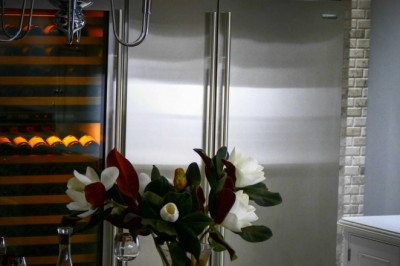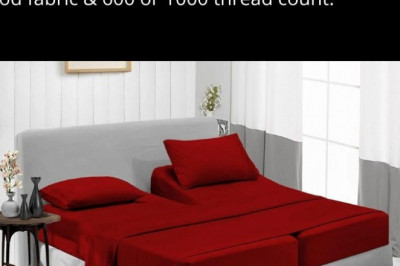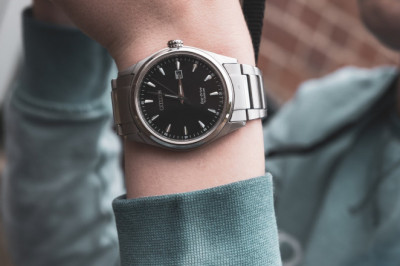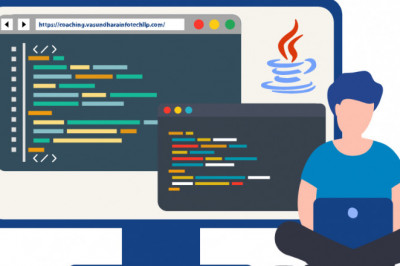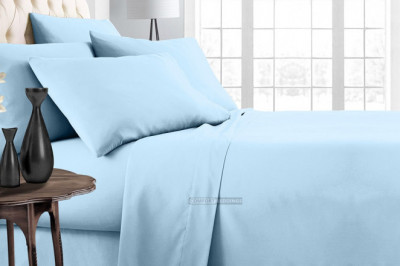views
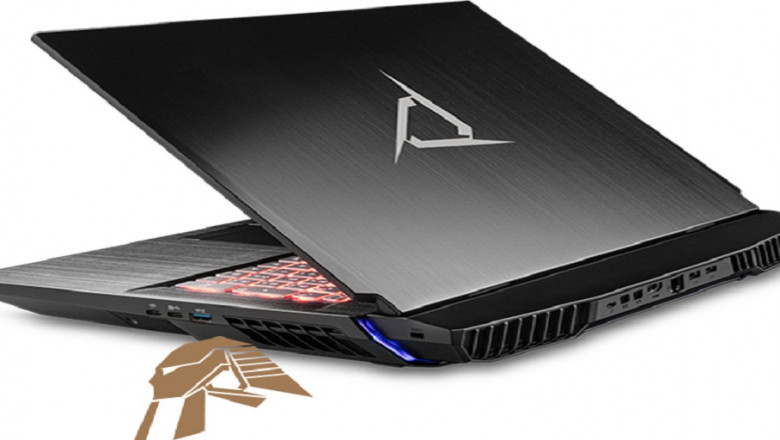
This is a subject that often comes up among PC builders who are always looking into ways of creating incredibly powerful gaming rigs that can fit into impossibly small computer cases.
For some, it's just a mental exercise or a technical challenge. Building a ridiculously powerful computer and shoving it into a shoebox is something that belongs to a YouTube channel. We´re talking about building something that is practical and will see regular use.
But first, we need to figure out why you need a small PC.
Why Are Small Gaming PCs Better?
Before anyone loses their marbles, we need to acknowledge that many will disagree with what we just said. There are many uses for full tower PCs, and they offer incredible advantages. However, many of their features will only be used by a small fraction of gamers nowadays. Newer micro and mini ATX motherboards come packed with more features than you´ll ever need if your sole preoccupation is having a rig that can handle your favorite games.
The best small gaming PCs are those that are affordable, allow you to play your favorite games, are portable, fit right on your desk, look amazing, and are portable enough to take them to your living room or your next LAN party.
What About Mini PCs?
Mini PCs are nifty pieces of hardware that work well for certain tasks. However, they will never give you as much power as a desktop. This means that gaming on a mini PC, while technically possible, will never deliver the same experience. Moreover, mini PCs cannot be upgraded, so you´re stuck with a piece of hardware that might become outdated pretty soon, losing its value faster than a new car leaving the dealership.
What Components Should I Buy When Building a Small Gaming PC?
Usually, we tend to first pick the best components we can buy, and then pick a case that can hold it all together in one place. However, when we´re building a small gaming PC, we need to think backward. We should first measure the space that we will dedicate to our computer, maybe think about cosmetic factors (case color, RGB lighting), and portability. This is vital if we plan on gaming in our living room 4K TV as we do not want to have a bulky piece of metal as a centerpiece.
After you pick your chassis, you need a motherboard that fits right in. Mini and micro ATX formats today can handle current-gen processors without a problem. A good rule of thumb is to get a motherboard that easily handles your desired processor and has all the features you will need. Smaller boards usually have two RAM slots that can hold up to 64GB but remember you don´t need more than 16GB unless you plan on streaming.
The brunt of your investment should go into a GPU. If you are good with cable management and you know how to improve the internal airflow of your case, you can cram in a 3080 GPU without a problem. I recommend using liquid cooling to keep things frosty and quiet.
Lastly, you must calculate overall wattage, and get an 80+ certified power supply unit that gives you at least 25% overhead power. This guarantees more efficiency, and also makes your rig more future-proof, in case you want to install more peripherals or storage units.
Now, building a PC with these characteristics can be challenging if you have no experience with smaller chassis. If you want to make sure you end up with the best small gaming PC for your budget, visit CLX Gaming. They offer the best components and put them together expertly so you know your PC will deliver incredible performance right out of the box.
For more information about Gaming Pc Builders and Gaming PC Computers Please Visit: Cybertron International.




